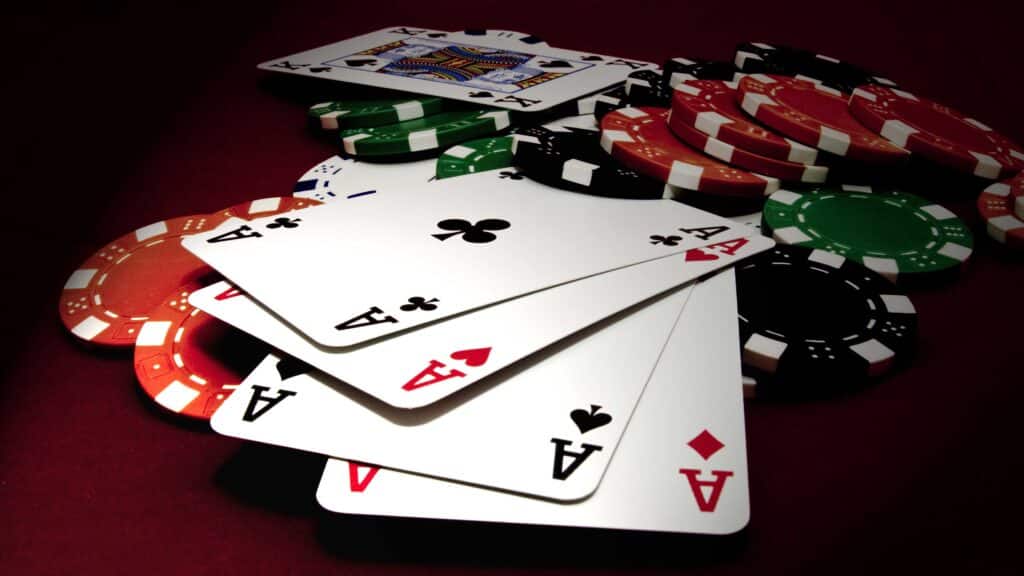Blackjack is one of the most popular casino games worldwide. Known for its combination of luck and strategy, the game offers one of the best odds in the casino, especially when players understand how to take advantage of the rules. While many players are familiar with the basic rules, fewer realize how different variations of these rules can significantly impact the odds. This article will explore the various blackjack table rules and how they affect your chances of winning, helping both new and advanced players make more informed decisions.
Understanding Basic Blackjack Rules
Before we dive into the specific table rules that influence the odds, it's important to understand the basic structure of blackjack. In blackjack, the goal is to beat the dealer by having a hand value that is closer to 21 without exceeding it. Here's a quick rundown of the basic gameplay:
- Card Values: Cards 2-10 are worth their face value, face cards (J, Q, K) are each worth 10, and Aces can be worth either 1 or 11, depending on what benefits the hand.
- The Deal: Each player and the dealer receive two cards. The dealer has one card face-up and one face-down (known as the "hole card").
- Player’s Move: Players can choose to "hit" (take another card), "stand" (keep their current hand), "double down" (double their bet and receive one more card), or "split" (split two identical cards into two separate hands).
- Dealer’s Move: The dealer must hit if their hand totals 16 or less, and stand if their hand totals 17 or more. The dealer’s hand also follows strict rules regarding Aces—if they have a soft 17 (Ace + 6), the dealer might be required to hit in certain rule variations.
Now, let’s explore how different table rules can affect your odds of winning at blackjack.
Common Blackjack Table Rules and Their Effects on Odds
1. Number of Decks Used
The number of decks used in blackjack is a critical factor affecting the odds. Traditional blackjack tables use a single deck, but modern casinos often use multiple decks to increase the house edge and reduce card counting effectiveness. The more decks there are, the harder it is to predict which cards will come next, slightly increasing the house edge.
- Single Deck: A single deck of cards offers the best odds for players. The house edge in single-deck blackjack can be as low as 0.17% if players use optimal strategy. This is because there are fewer cards in play, and players can keep track of the remaining cards more easily, improving their odds of winning.
- Multiple Decks: As more decks are added, the house edge increases. In games with four decks, the house edge rises to approximately 0.60%, and in six or eight-deck games, the house edge can be as high as 0.65%. The increased number of cards makes it more difficult to predict outcomes, especially for card counters.
2. Dealer’s Rule on Soft 17
In many blackjack games, the dealer is required to stand on a soft 17 (Ace + 6). However, some casinos allow the dealer to hit on a soft 17. This seemingly small difference can have a big impact on the game’s odds.
- Dealer Stands on Soft 17: If the dealer stands on soft 17, the player’s odds improve slightly because the dealer is less likely to improve their hand.
- Dealer Hits on Soft 17: When the dealer hits on a soft 17, the house edge increases by about 0.22%. This gives the dealer an additional opportunity to improve their hand, which is to the house’s benefit.
3. Blackjack Payouts
One of the most well-known aspects of blackjack is the payout for hitting a natural blackjack—an Ace and a 10-point card. While the standard payout for a blackjack is 3:2, some casinos offer a 6:5 payout or even worse. This rule can significantly affect your odds of winning and your potential payout.
- 3:2 Payout: The traditional and most favorable payout for blackjack is 3:2. This means if you bet $10, you'll win $15 for a blackjack.
- 6:5 Payout: Some casinos have reduced the blackjack payout to 6:5, which increases the house edge by about 1.4%. This rule change makes the game less favorable for players, and it’s advisable to avoid these tables if possible.
4. Doubling Down
Doubling down is a popular option for blackjack players who are confident in their hands and want to increase their bet. However, not all casinos offer the same rules when it comes to doubling down, and the differences can have a significant impact on your expected value.
- Doubling Down Allowed on Any Two Cards: In some blackjack games, players can double down on any two cards, which offers more flexibility and the potential for higher payouts. This is generally favorable for players.
- Doubling Down Only on 9, 10, or 11: Other casinos limit doubling down to hands that total 9, 10, or 11. This rule restricts the player’s ability to take advantage of favorable situations and slightly increases the house edge.
5. Splitting Pairs
When a player is dealt two cards of the same rank, they have the option to split them into two separate hands, effectively doubling their bet. Like doubling down, the ability to split pairs can greatly influence the odds.
- Splitting Aces: In some games, when you split Aces, you’re only allowed to receive one additional card per Ace. This limits your chances of making a strong hand. However, if the game allows re-splitting Aces or offers additional cards after splitting, it can reduce the house edge.
- Splitting Other Pairs: The rules regarding splitting other pairs (such as 8s, 7s, etc.) also vary by casino. In many cases, re-splitting is allowed, which can give the player more chances to win.
6. Surrender Option
The surrender option allows players to forfeit half of their bet and end their hand if they believe they’re unlikely to win. This rule is a great option for reducing losses in certain situations, but not all casinos offer it.
- Early Surrender: In some blackjack games, players can surrender before the dealer checks for blackjack. This is the most favorable form of surrender, as it reduces the potential losses significantly.
- Late Surrender: More commonly, players can surrender after the dealer checks for blackjack, but this is less advantageous than early surrender.
How to Adjust Strategy Based on Table Rules
Understanding the impact of table rules on odds is crucial for players who want to maximize their chances of winning. Here’s how you can adjust your blackjack strategy based on different rule variations:
Adjusting to Number of Decks
In single-deck blackjack, you have a better chance of hitting a blackjack and can more effectively use card counting strategies. When playing on multi-deck tables, focus more on basic strategy and avoid attempting to count cards, as it will be less effective.
Dealer’s Soft 17 Rule
If you’re playing a table where the dealer hits on soft 17, adjust your strategy by being more conservative when you have a 16 or 17. The dealer’s chance of improving their hand is higher, so you may want to stand on 16 rather than risk a hit.
Blackjack Payout Adjustments
If you’re playing at a table offering a 6:5 payout, it’s best to avoid those games. The house edge is significantly higher, making it harder to turn a profit. Stick with tables offering the traditional 3:2 payout for blackjack.
Doubling Down and Splitting
When the table allows you to double down on any two cards, take advantage of favorable situations, such as a total of 11. Similarly, if the table allows re-splitting Aces, you can increase your chances of building a winning hand.
Conclusion
Blackjack is a dynamic game where your odds can be greatly influenced by the specific table rules. By understanding how these rules—such as the number of decks used, the dealer’s soft 17 rule, and payout adjustments—impact the odds, you can make more informed decisions and improve your overall chances of success. Whether you’re a beginner or an advanced player, learning how to adjust your strategy based on the rules of the game can make all the difference in maximizing your profits and minimizing your losses.



